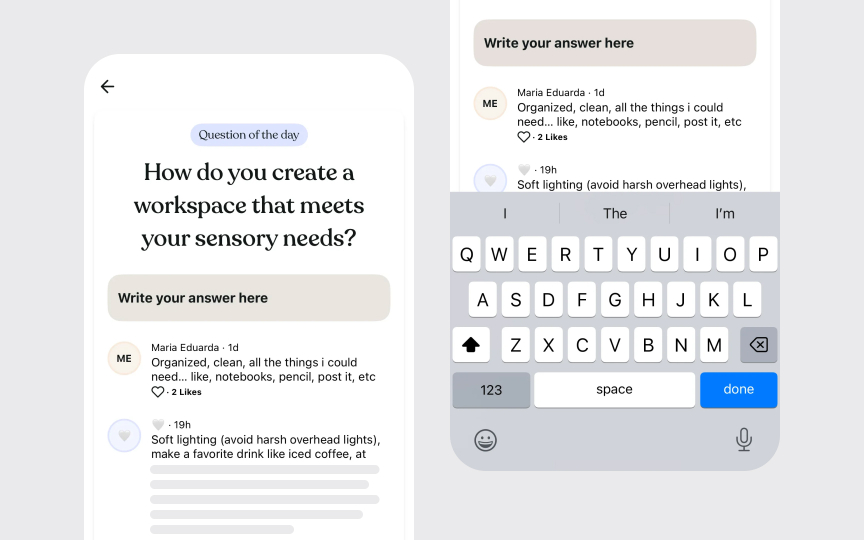User expectation mapping
Interface elements in Apple’s platform ecosystem should align with users' existing knowledge and expectations. When digital controls reflect familiar patterns — like swipeable cards, pull-to-refresh, or pinch-to-zoom — interactions feel natural and predictable. These established patterns create a foundation of trust and efficiency.
System-wide consistency reinforces mental models across different contexts and devices. Research shows users transfer their expectations from one app to another, anticipating similar behaviors for similar elements. Understanding these shared expectations helps create interfaces that feel like a natural extension of the platform.
Mapping expectations involves identifying core interaction patterns that users already know. Focus on system-standard behaviors, universal gestures, and familiar navigation models. These insights inform design decisions that maintain Apple’s platform consistency while reducing learning curves:
- Document common platform interaction patterns
- Identify core gestures and behaviors users expect
- Map standard control types to user needs
- Compare expectations across app categories
- Test assumptions using platform guidelines[1]
Pro Tip: Notice which interactions users perform without thinking — these intuitive behaviors indicate strongly established platform patterns.


